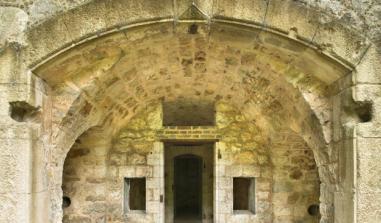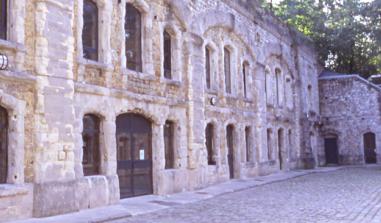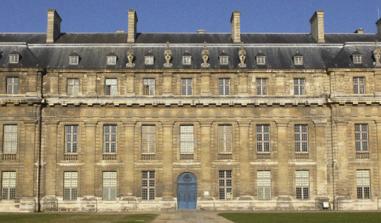Champigny Memorial
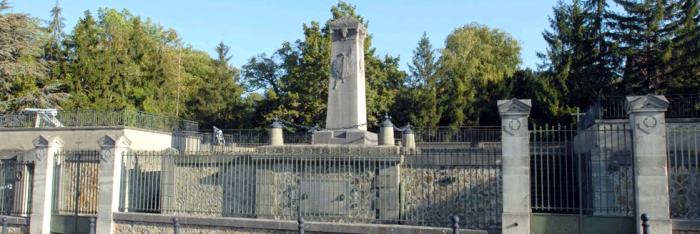
Ossuaire - Monument 1870. © Didier Rullier
People often called Champigny sur Marne Champigny la Bataille between 1870 et 1918, as it had seen the fiercest battle of the siege of Paris.
Click here to tour Champigny Crypt online. Champigny-sur-Marne was often called Champigny-la-Bataille between 1870-1871 and 1914-1918, in reference to the fiercest battle of the Siege of Paris, which unfurled from 30 November to 2 December 1870.
The victims were given a decent and final funeral in community cemeteries around Champigny once peace was restored. Seine departmental authorities also decided to build a memorial to the memory of the unknown French and German soldiers that had died during that battle, and the French Government built a crypt around it. The several thousand soldiers that had fought each other outside, in other words, rest side by side within. Alfred Rivière, an architect, designed this memorial and supervised the building work.
This strikingly stark monument stands on a 925.75 sq m plot of land. A Lorraine-stone stele with a square base stands 5.75 metres high. A low pyramid stands on four heads, with leaves on the corner encircling the base with a crown. There is a shield protecting a palm leaf on the side facing the street. Bas-relief wreaths adorn the sides and back. There is one stark and concise inscription: Monument élevé par l'Etat à la mémoire des soldats morts pendant le siège de Paris bataille de Champigny (This monument was erected by the State to the memory of the soldiers that lay down their lives during the Siege of Paris, Battle of Champigny). The crypt is a vast rectangular gallery (2.60 metres wide) around the monument. The base at the back runs alongside the street and measures 30.5 metres. The widthways galleries that intersect it are 19.5 metres long each. These underground corridors nestle 31 vaults. Through a wrought-iron gate in the middle, you can see the stone altar of a small oratory. Belgian-granite plaque bear the names and numbers of the corps that took part.
Outside, a heavy iron fence embedded in stone pillars skirts the road and encloses the memorial. Two doors open into the galleries. Le talus of the platform covering the crypt is coated in stone along the galleries. It features two granite staircases which originally led to the garden, which has since become a terrace over the building and around the stele.
The ossuary's front wall has a stone plaque bearing the following inscription in French and German: Des combattants français et allemands inconnus tombés au cours de la bataille de Champigny-sur-Marne pendant le siège de Paris 1870-1871 reposent en cet ossuaire (French and German soldiers fallen during the battle of Champigny during the 1870-1871 siege of Paris rest in this ossuary).
Four period cannons stand on the four corners of the terrace. There are two similar cannons on either side of the front courtyard. There are three deep sloped and shouldered trenches around the building, adjoining the fences. The upper left-hand side has been turned into a grass garden terrace with trees, and there is a retaining wall by the road.
This building dates back to 1873. The crypt was built at a later stage and inaugurated on 2 December 1878. The governments of France and the Federal Republic of Germany agreed to fund necessary restoration work in 1968-1969 to keep alive the memory of their dead.
Champigny Crypt Memorial (Monument commémoratif de la crypte de Champigny) 32 Rue du Monument 94500 Champigny sur Marne
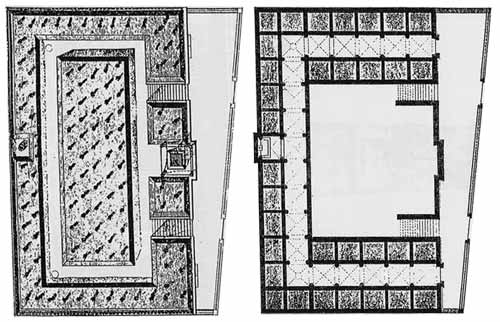
Photo du plan de masse de la crypte. Source DMPA

Photo du plan de la crypte vue de côté. Source DMPA
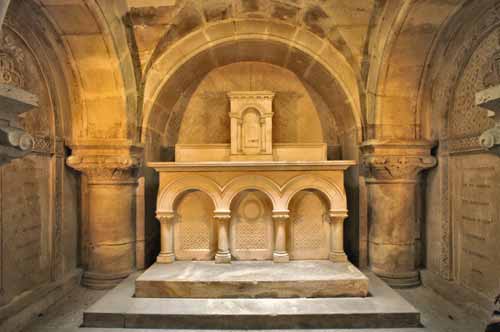
Autel de la crypte. Photo de Jacques Robert
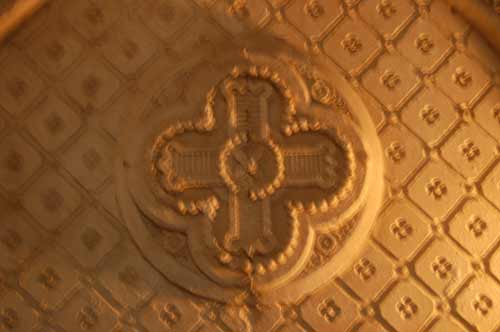
Détail de l'autel. Photo de Jean-Pierre Le Padellec
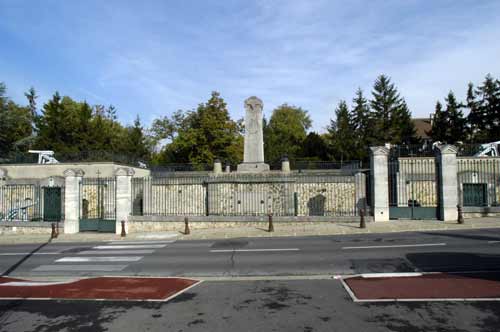
Crypte de Champigny vue de l'extérieur. Photo de Jacques Robert
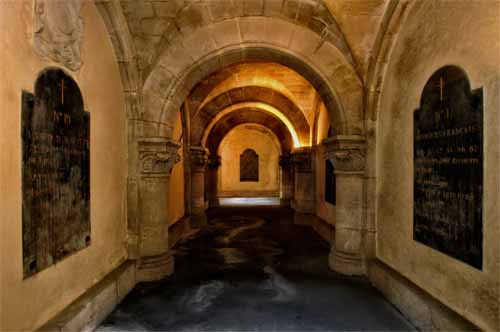
Couloir de la crypte. Photo de Jacques Robert
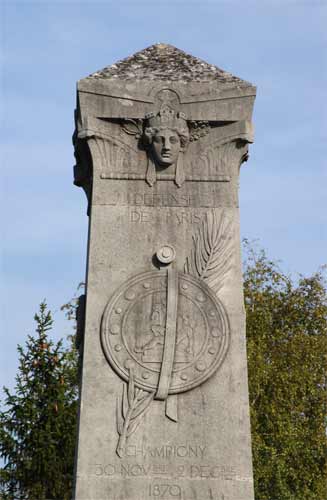
Monument commémoratif. Photo de Jean-Pierre Le Padellec
Practical information
32 rue du monument 94500
Champigny-sur-Marne
Accessibilité toute l'année



